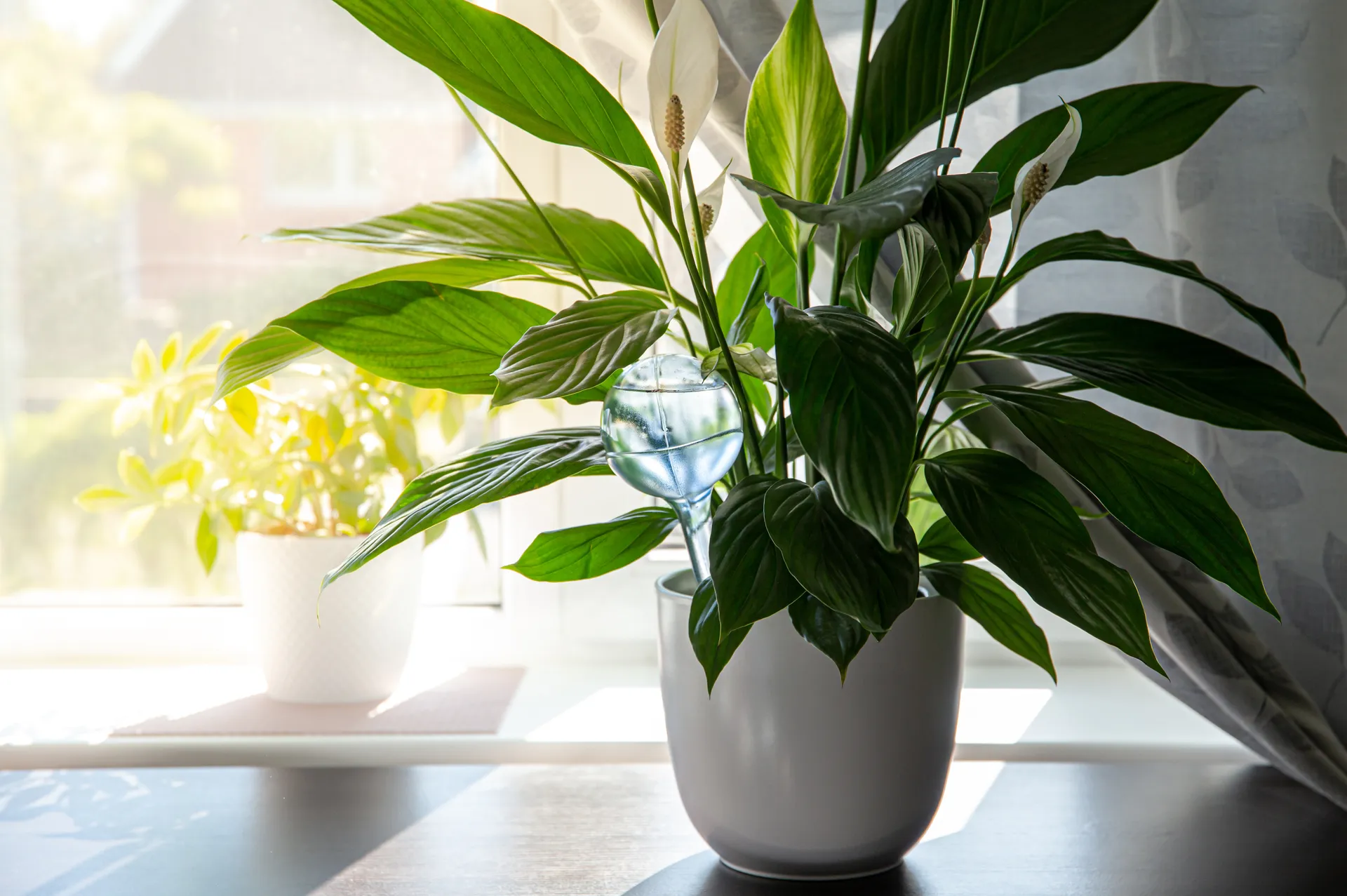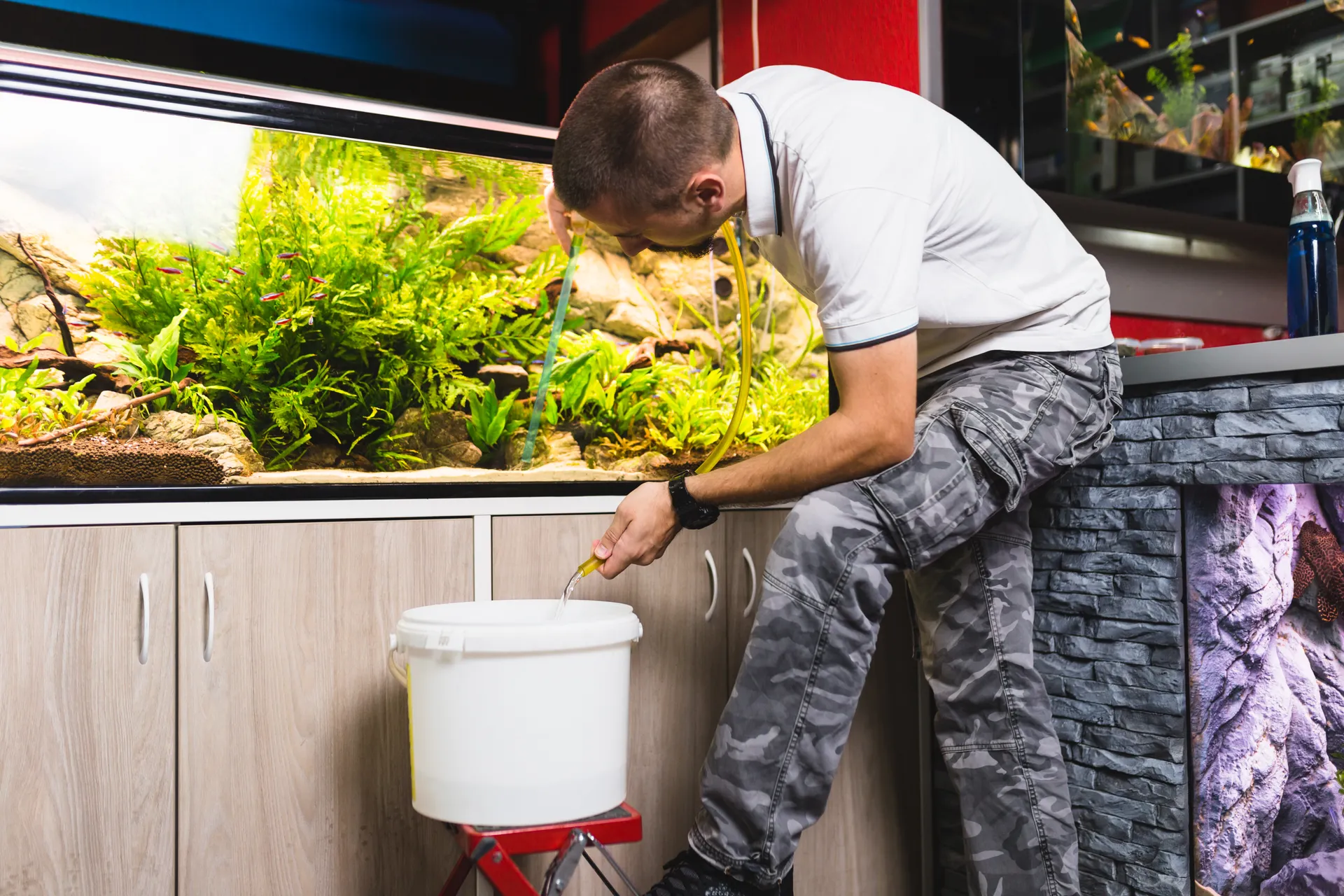How to clean your aircon for maximum performance
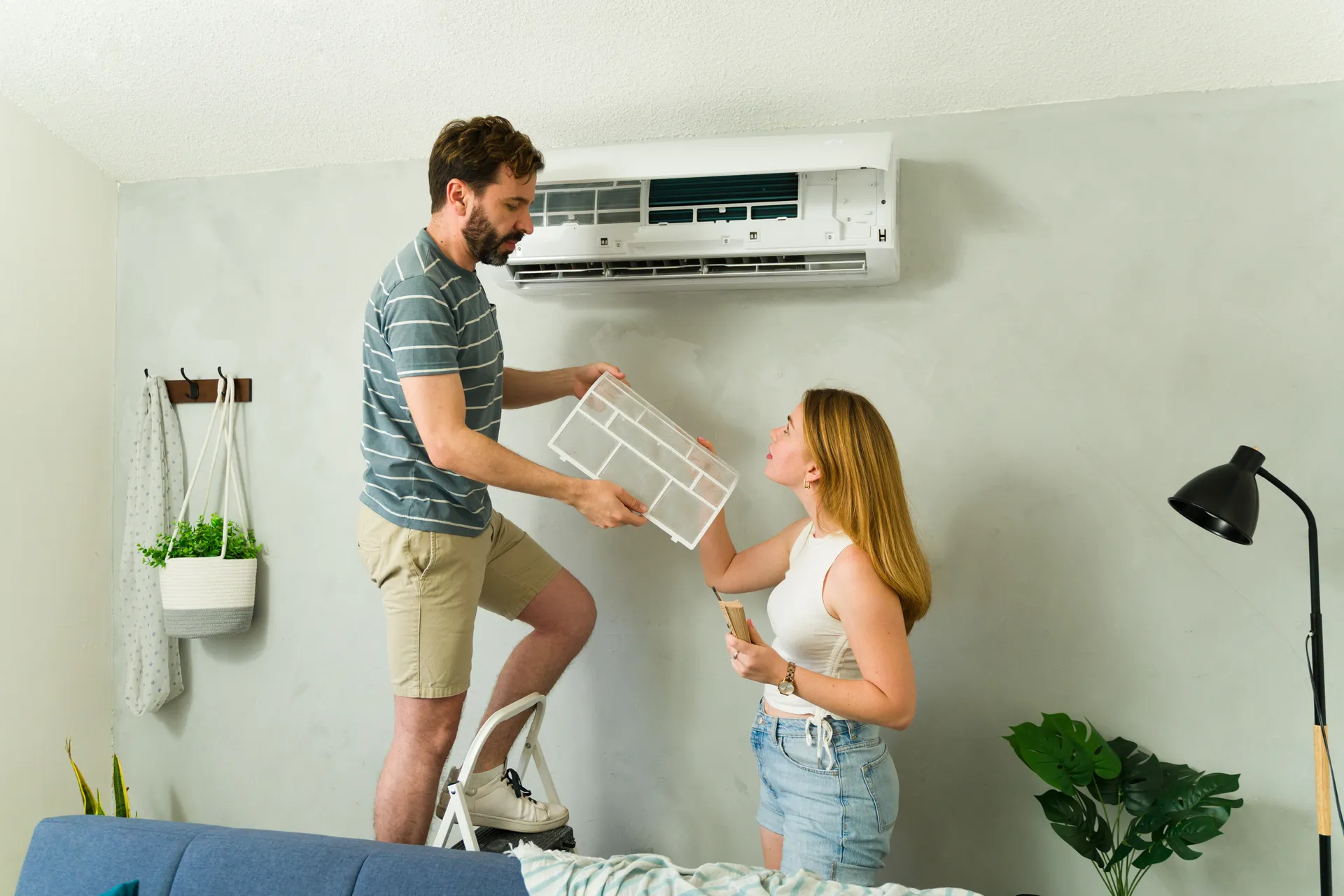
A clean air conditioner cools faster, uses less electricity and helps keep mould at bay. This step-by-step shows you exactly what to do and how often to do it.
what you’ll need
- soft brush and a vacuum with brush attachment
- microfibre cloths and a small bucket of warm water + a drop of mild detergent
- non-acidic foaming coil cleaner (for stubborn grime) – check your model’s manual first
- garden hose on gentle spray (for the outdoor unit only – never a pressure washer)
- fin comb (optional, to straighten squashed fins)
- torch or phone light
- screwdriver (for panels, if required)
- gloves and eye protection.
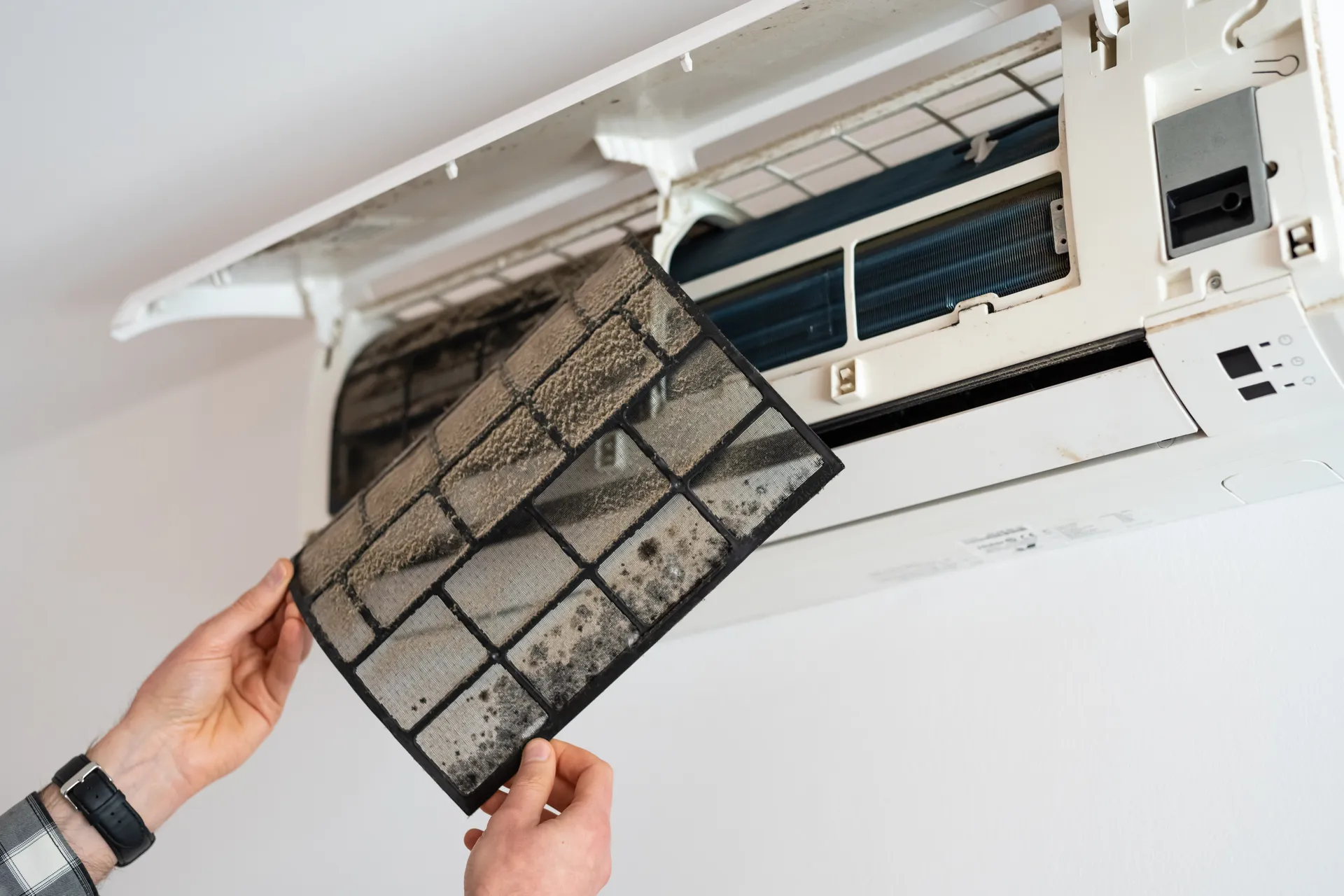
how often on the sunshine coast
- quick clean: monthly in hot/humid months (November–March), or after dust/smoke events.
- deep clean: twice a year – before summer (October) and after summer (March/April).
- salt air/rainy season: lightly rinse the outdoor coil quarterly to remove salt and debris.
safety first
- switch the system off at the wall/isolator before opening panels.
- avoid spraying water or cleaner into electronics – cover boards with a dry cloth if needed.
- don’t bend the delicate aluminium fins; never use a pressure washer.
- if there’s heavy mould, water leaking inside, icing, or electrical smells – stop and book a licensed technician (ARCtick).
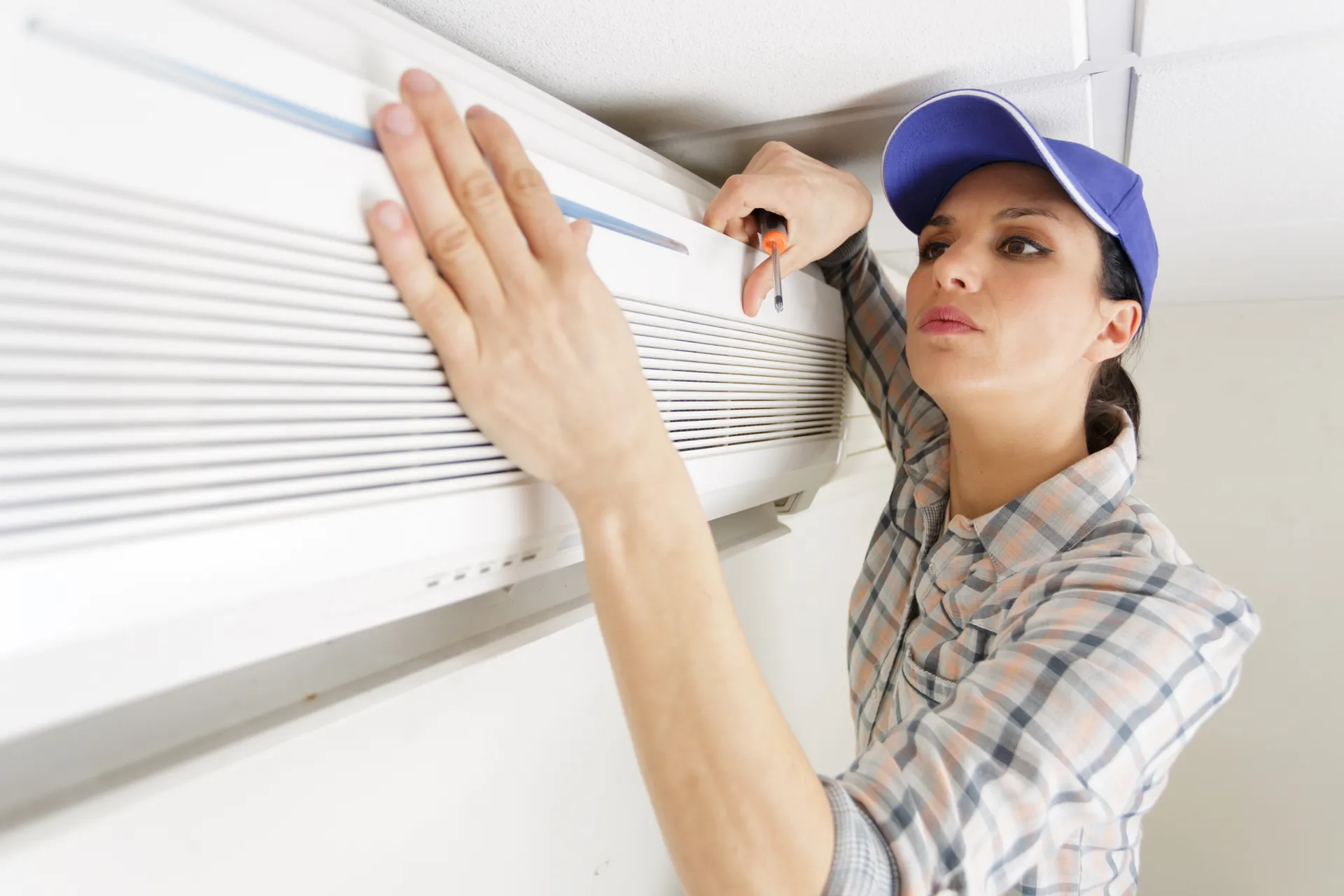
step-by-step: indoor split-system unit
- open the fascia. with power off, lift the front cover.
- remove filters. vacuum gently, then wash in lukewarm water. no soap needed unless greasy; rinse well. dry fully in the shade (no sun or heaters).
- wipe the fascia and louvres. a damp cloth with a drop of detergent; use a soft brush for crevices.
- dust the coil face. use the vacuum’s soft brush to gently lift fluff from the aluminium fins (work top to bottom).
- for stubborn grime/mould: lay a towel under the unit. light spray of non-acidic coil cleaner per the label. allow dwell time, then wipe — avoid soaking. don’t flood the coil.
- check the drain. pour a small cup of warm water (or a mild 1:4 white-vinegar solution) into the drain tray to confirm it runs freely outside. if it backs up, call a pro.
- fan barrel check. if the plastic fan looks slimy or dust-caked, a professional internal clean will restore airflow and efficiency.
- refit dry filters, close the cover, power on, and run fan-only for 10 minutes to dry the coil.
step-by-step: outdoor condenser unit
- clear the area. keep ~300 mm free all round (more is better) and 1 m above. remove leaves, weeds and cobwebs.
- rinse the coil (gentle). with power off, lightly hose from inside-out if accessible, keeping water away from electrics. never use a pressure washer.
- straighten bent fins. use a fin comb gently to improve airflow.
- check the slab and vibration pads. the unit should be level and stable; fit rubber pads if it rattles.
- look for warning signs. oily stains, persistent ice, or loud cycling noises usually mean a refrigerant or mechanical issue — book an ARCtick-licensed technician
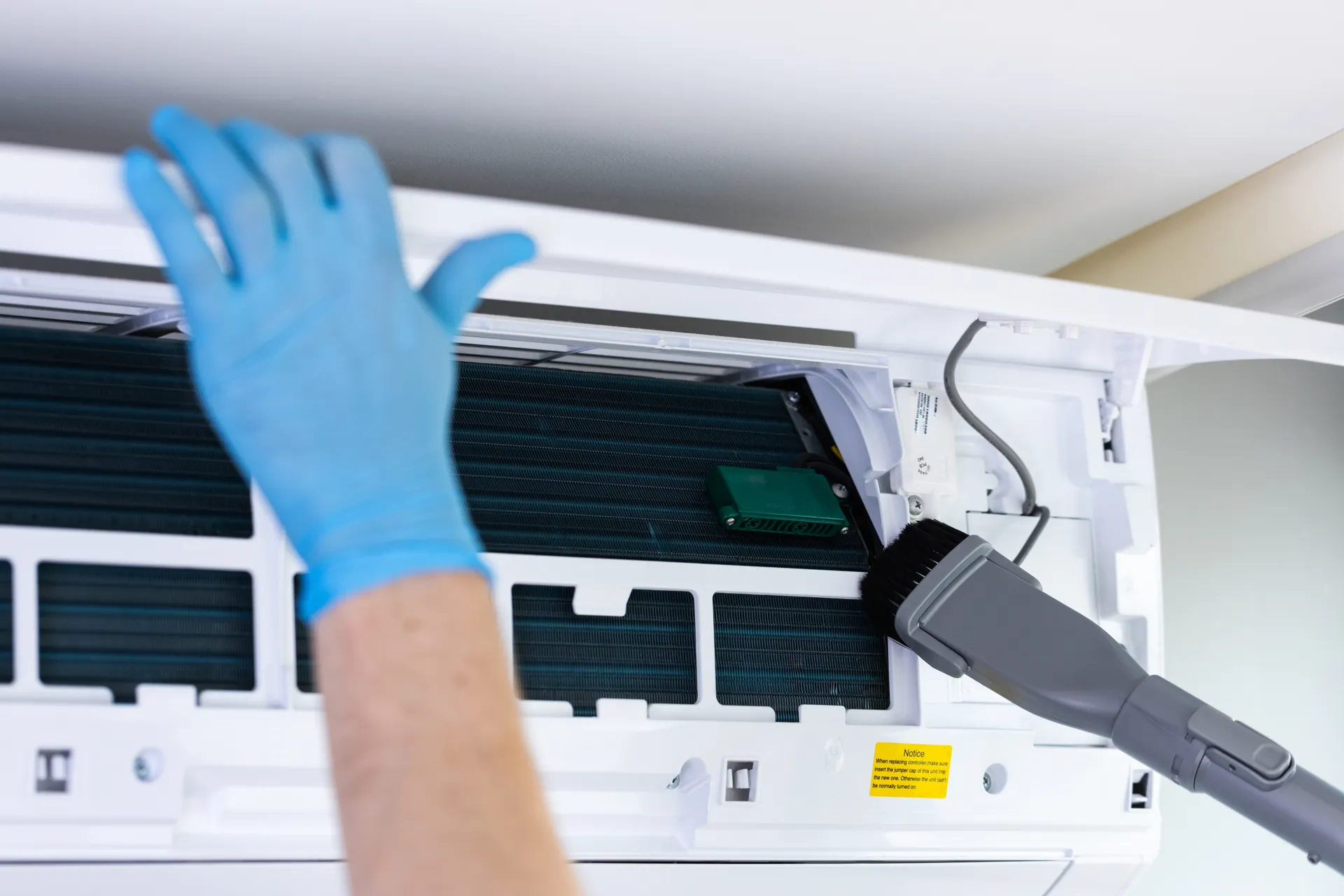
easy energy-saving settings
- cooling set-point: 24–26 °C works well in our climate – each degree higher can noticeably reduce energy use while staying comfortable.
- try ‘dry’ mode on muggy days to tame humidity at lower cost than full cooling.
- use ceiling or pedestal fans. moving air lets you set a higher temp and stay comfy.
- close windows/curtains early. keep heat out, especially on west-facing windows.
- use timers and sleep mode so the unit isn’t running flat-out while you snooze.
- close doors to the cooled room to avoid conditioning the whole house.
sunshine coast-specific tips
- salt air: quarterly fresh-water rinse of the outdoor coil slows corrosion.
- storms: after wild weather, check for debris around the outdoor unit and for blocked drains.
- bushfire smoke/dust: rinse filters and consider replacing carbon filters if fitted.
- rental? ask your property manager first; keep receipts/photos of maintenance.
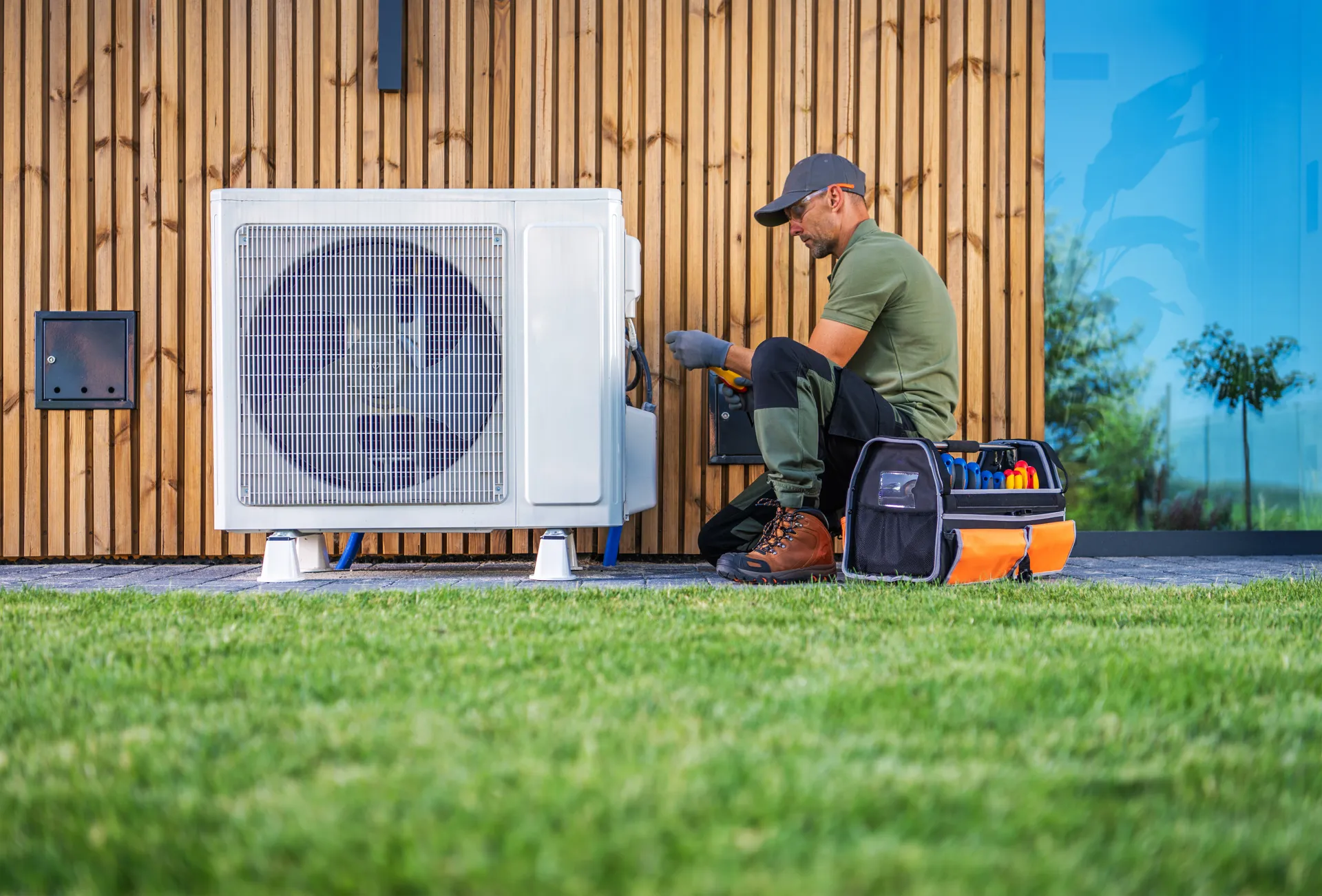
when to call a professional
- filters are clean but airflow is weak or the room never reaches set temperature.
- water drips inside, sour/musty smells persist, or you can see heavy mould.
- ice on pipes or coil, tripping breakers, or unusual compressor noises.
- every 2–3 years for a full internal clean, drain flush and service by an ARCtick-licensed tech.
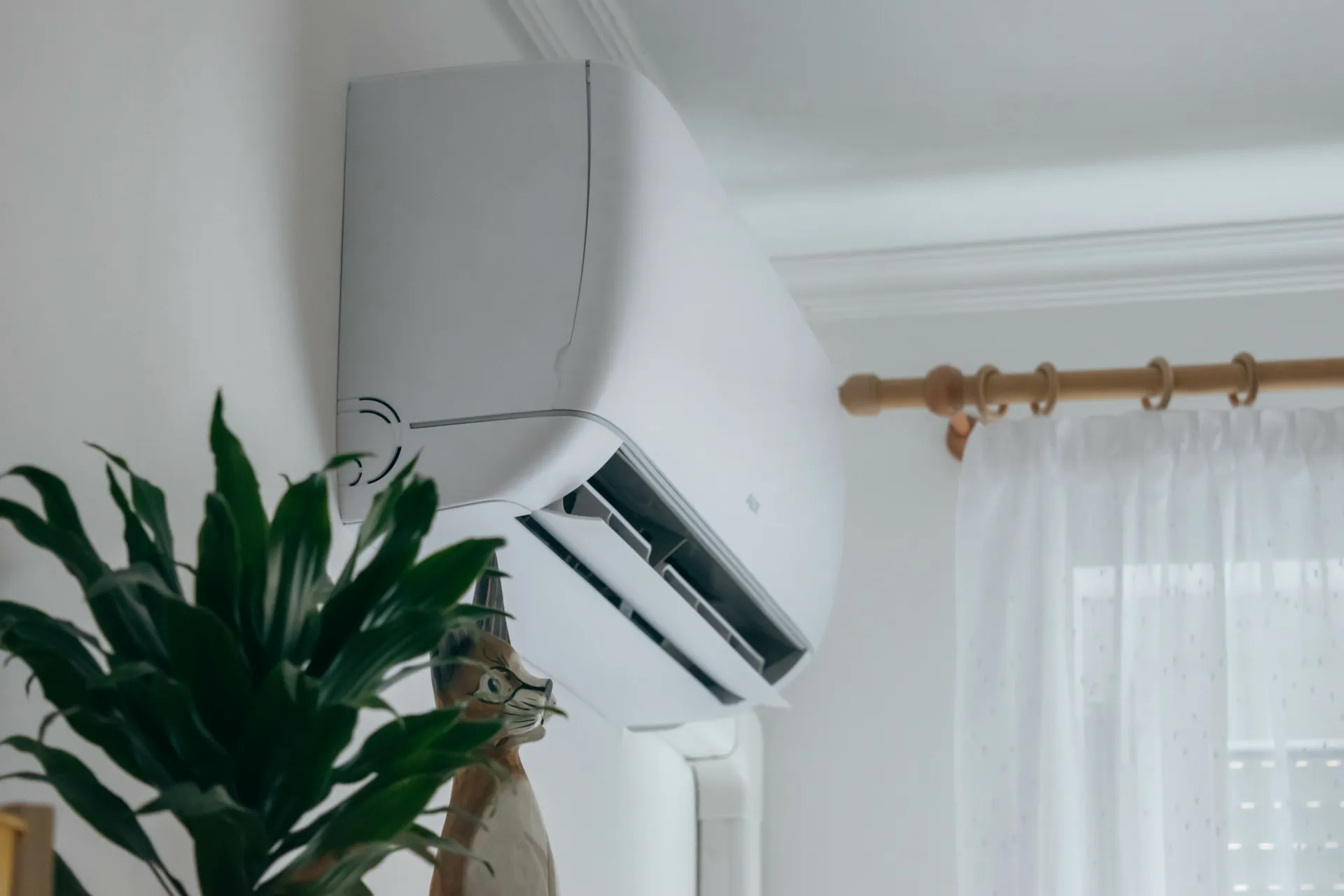
the 10-minute monthly
- rinse filters
- wipe louvres
- check outdoor clearance
- make sure the indoor drain is dripping outside when cooling.
Disclaimer: always follow your model’s manual. if your unit is under warranty, check the maintenance section to avoid voiding coverage.





